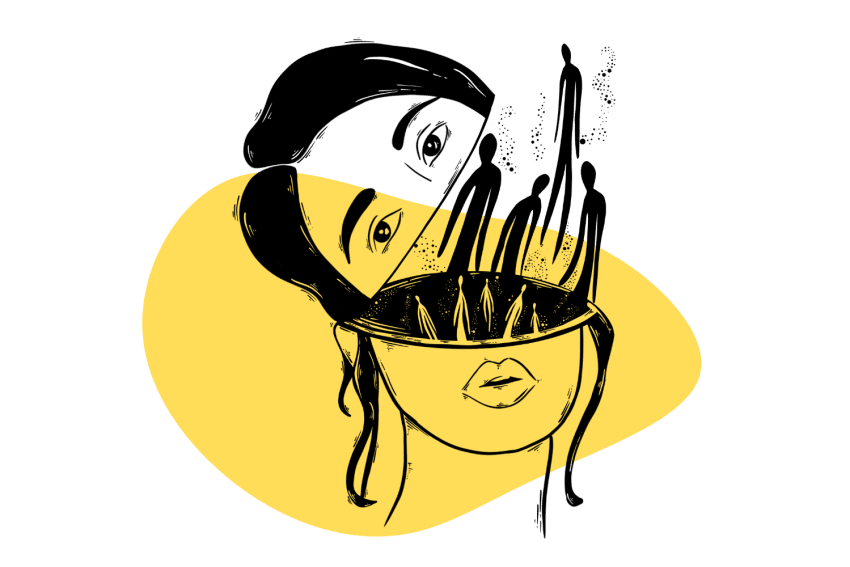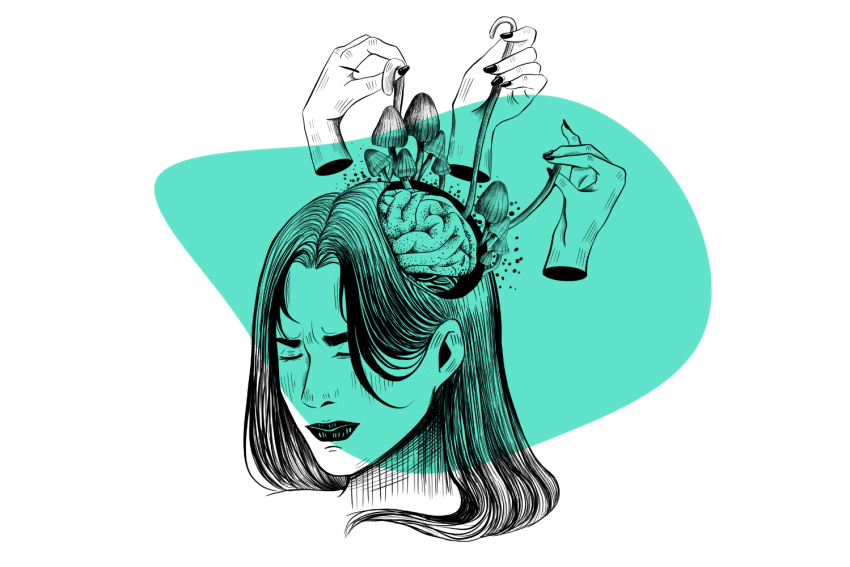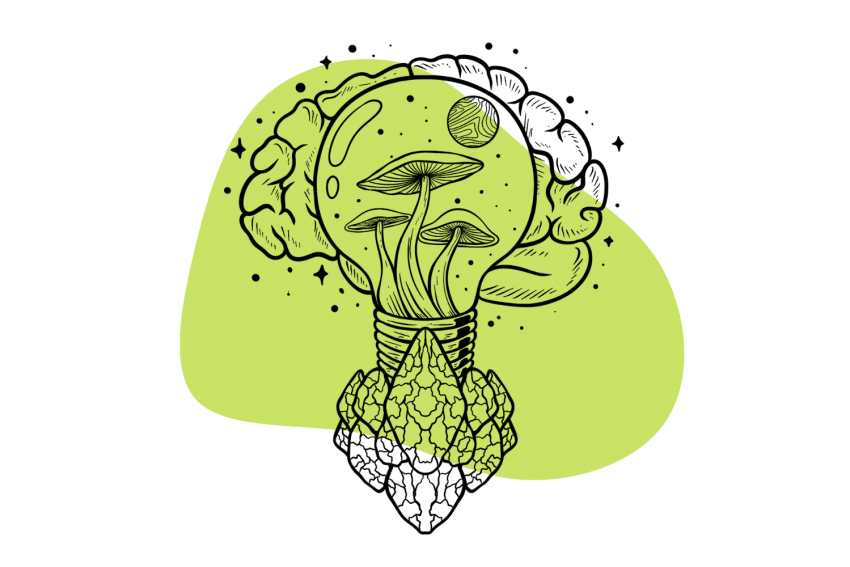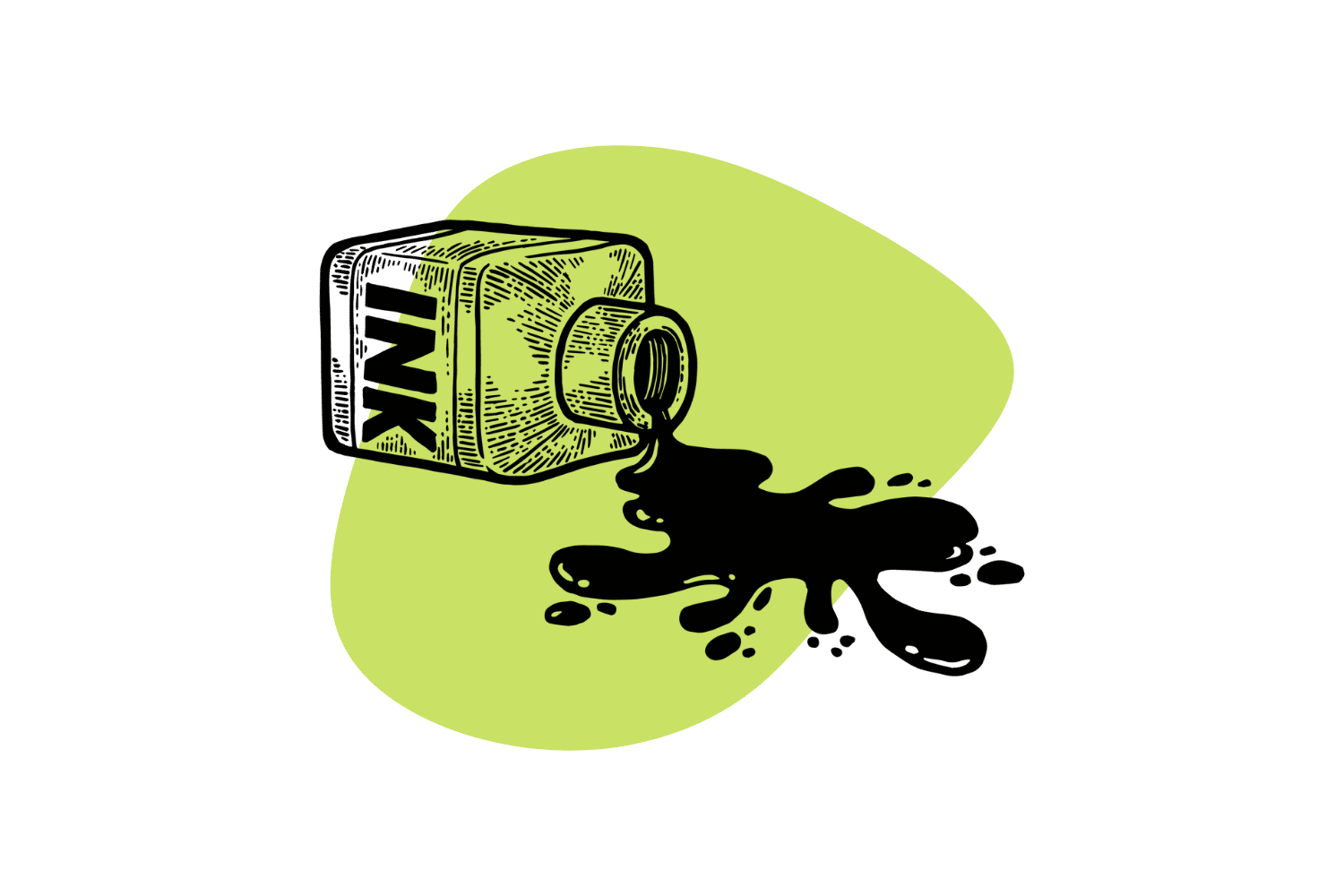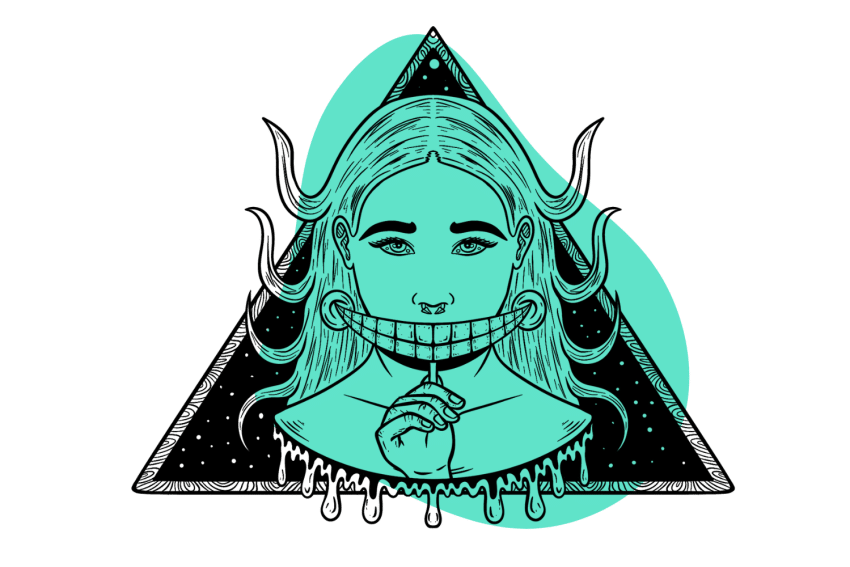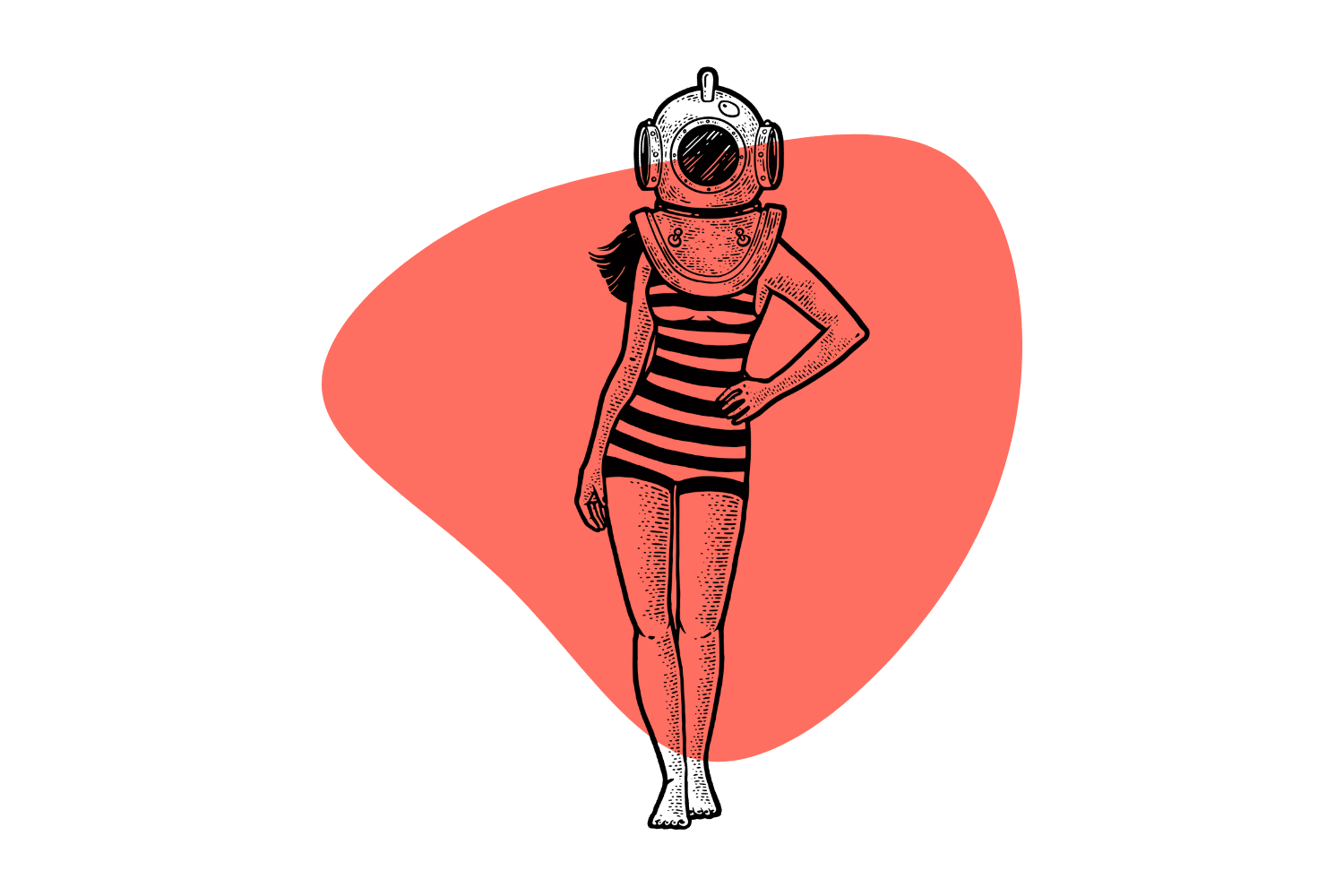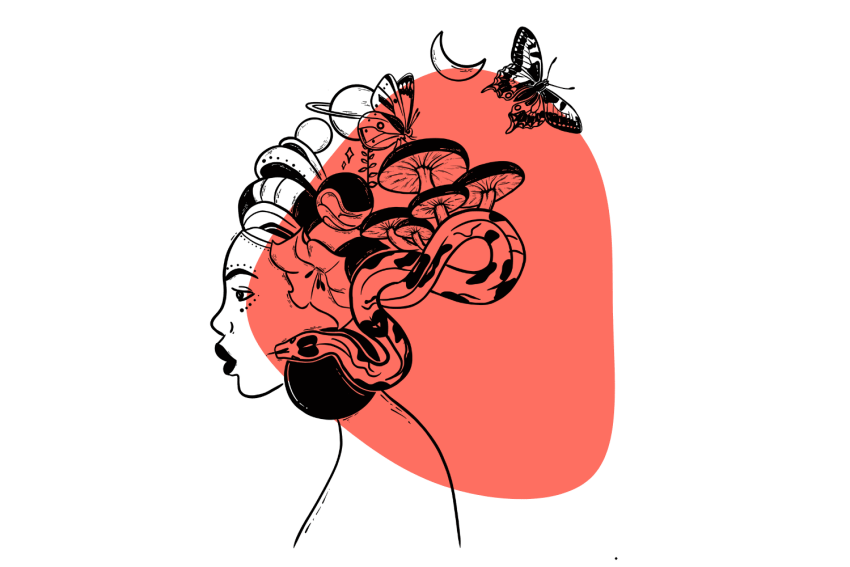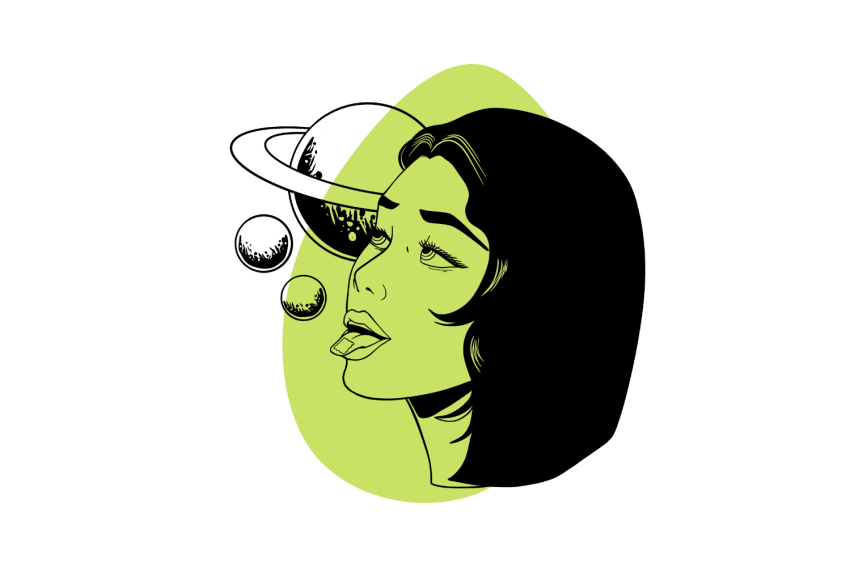How Psychedelics Are Reinventing Addiction Therapy
Psychedelics show us that addiction itself isn’t the problem — it’s an attempt to solve the problem.
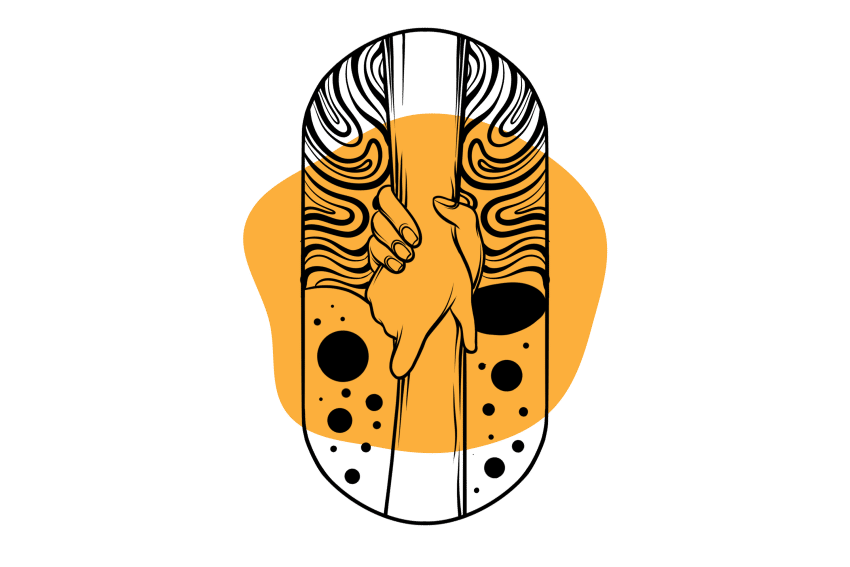
Fifty years ago, Ronald Regan declared the “War on Drugs.” Both drug addiction and mind expansion were considered a detritus on American society, and violators were punished with lengthy jail sentences.
After 50 years and over $1 trillion spent, we’re seeing higher drug addiction rates than ever before.
It’s time we admit the old model failed and look to the future instead.
Today LSD, magic mushrooms, and other psychedelics are helping people recover from drug addiction with more precision than anything we’ve tried thus far.
Here’s how it works.
First of All, What Is Addiction?
Addiction is defined as a compulsion to repeatedly take a substance (or perform an action) despite the clear physical or emotional detriment to the individual.
Historically, we’ve done a terrible job of treating addiction. A lot of this failure comes from our poor understanding of what causes this compulsive behavior.
We introduce regulations that ban addictive substances, throw offenders in jail, make it hard for them to see their families or find meaningful work, and then wonder why they can’t seem to get better.
The problem of addiction goes much deeper than physical dependency.
Addiction itself isn’t the problem — it’s an attempt to solve the problem.
Addiction is a symptom of deep personal unrest. People take drugs or engage in addictive behavior as a way to self-medicate the underlying problem. This problem can range from feelings of inadequacy and hopelessness to unbearable pain and torment from past and current traumas or violence.
Here are a few of the leading theories for what the actual cause of addiction may be:
1. Childhood Trauma & Disconnection from the Self
Dr. Gabor Maté, a renowned medical practitioner and author of the book In The Realm of Hungry Ghosts, has written extensively on what he believes to be the cause of addiction — childhood trauma and the resulting disconnection from the self.
Maté has worked extensively alongside the population living in the Downtown East Side in Vancouver, Canada — an area with the highest concentration of open drug use and addiction in North America. The most common finding he noticed in people addicted to drugs living in the Downtown Eastside was a history of trauma.
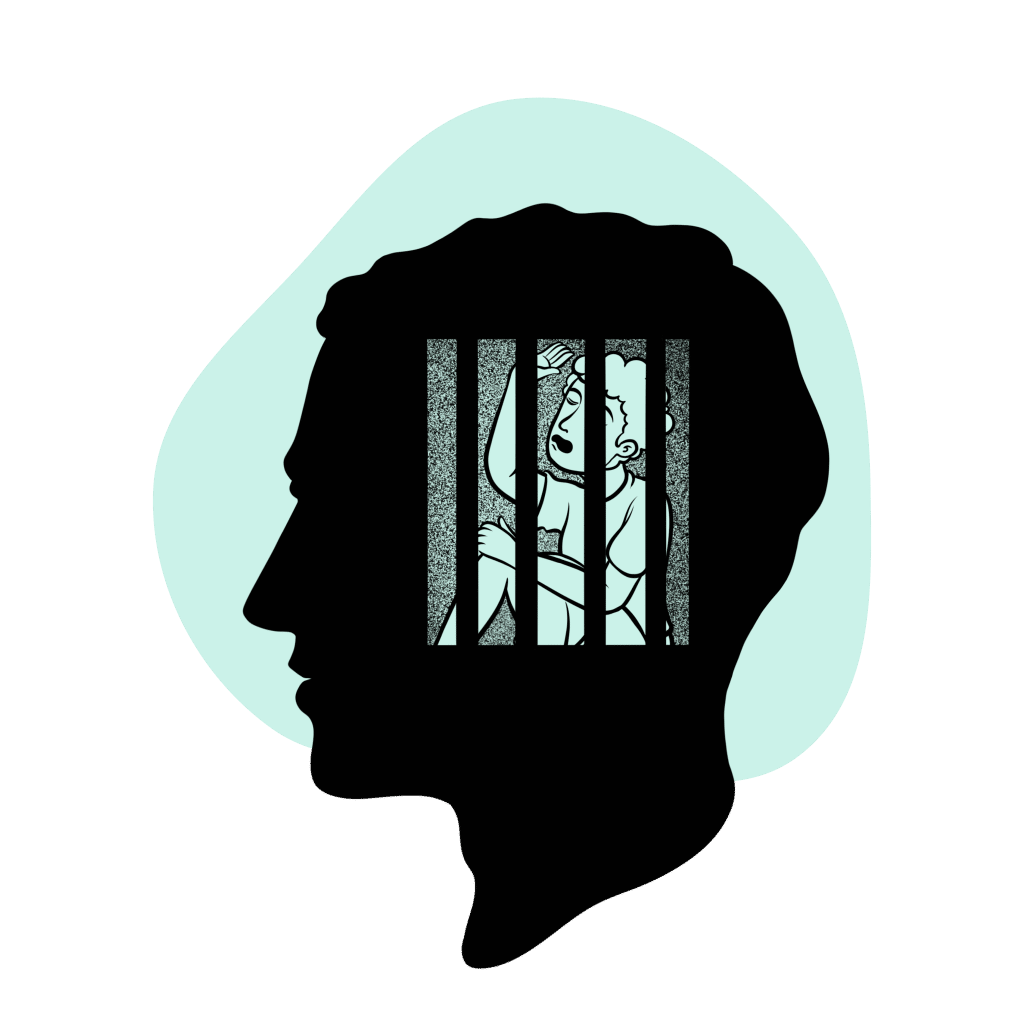
This theory suggests all forms of addiction stem from a disconnection with the self — which occurs through exposure to traumatic experiences when we were children. This happens unconsciously — we’re not aware of what’s happening until someone either points it out or we realize this on our own.
The theory suggests that exposure to trauma when we were children forces us to disconnect from the self in order to escape from the pain. This has lasting consequences. We lose our ability to meet the body’s needs and instead seek out external sources of escape.
For this reason, Gabor Maté doesn’t ask “what” someone is addicted to; rather, he wants to know what the drug “does” for you. What form of release or relief does the substance provide the individual that causes them to continue using it.
The traumatized person experiences themselves in a certain way. As vulnerable, as helpless, as at-fault. Because children who are hurt or traumatized think it’s about themselves. They can’t help it; that’s how a child thinks. Psychedelics allow you to experience yourself in a different way. You get to learn that you’re not that helpless, little, worthless individual after all.”
— Dr. Gabor Maté
2. Existential Dread & Learned Helplessness
Existential dread is common in today’s world. It forms in people who feel overwhelmed by the immensity of global problems — overpopulation, climate change, and the possibility these events will result in the annihilation of the human species.
This can lead to a phenomenon called “learned helplessness,” which occurs when someone is consistently exposed to a traumatic environment, feelings of inadequacy, and an inability to achieve success or happiness.
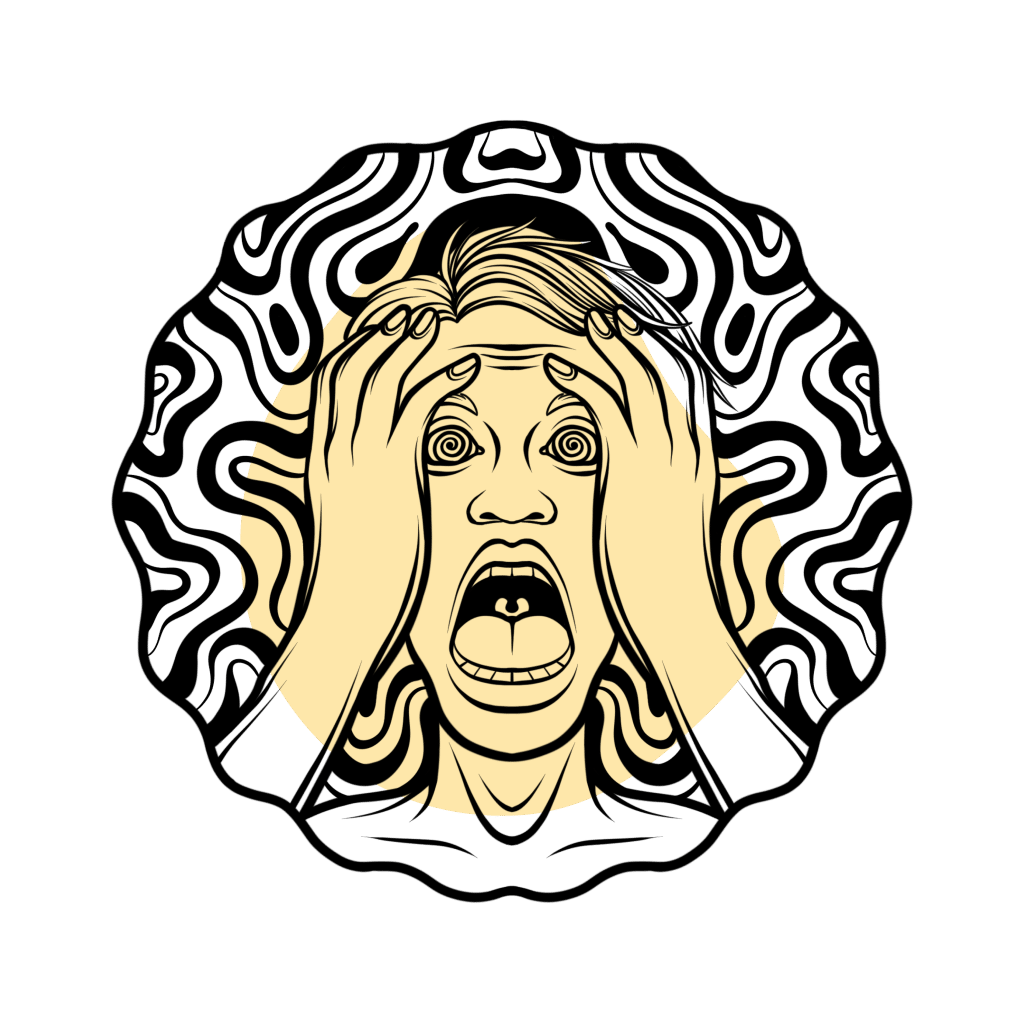
Eventually, they accept their inability to control their condition on their own. They may turn to substances in an attempt to provide meaning to their lives and exert some level of control over the way they feel.
Related: Research on Magic Mushrooms For Existential Anxiety.
3. Isolation & Loneliness
In the 1970s, a researcher named Dr. Bruce Alexander performed some cutting-edge research in the study of addiction.
For his experiment, he built a large enclosure for rats. It was many times larger than conventional rat cages and included various places to make dens, play, eat, and socialize with other male and female rats. It had everything a rat could ever want. The experiment was aptly named “Rat Park.”
Inside the cage were two water bottles, one containing just water, and the other was laced with cocaine or heroin.
To everybody’s surprise, none of the rats were interested in the laced water while living in Rat Park.
When the rats were moved to a much smaller cage, isolated from the rest of the group, they eventually started to prefer the drugged water instead.
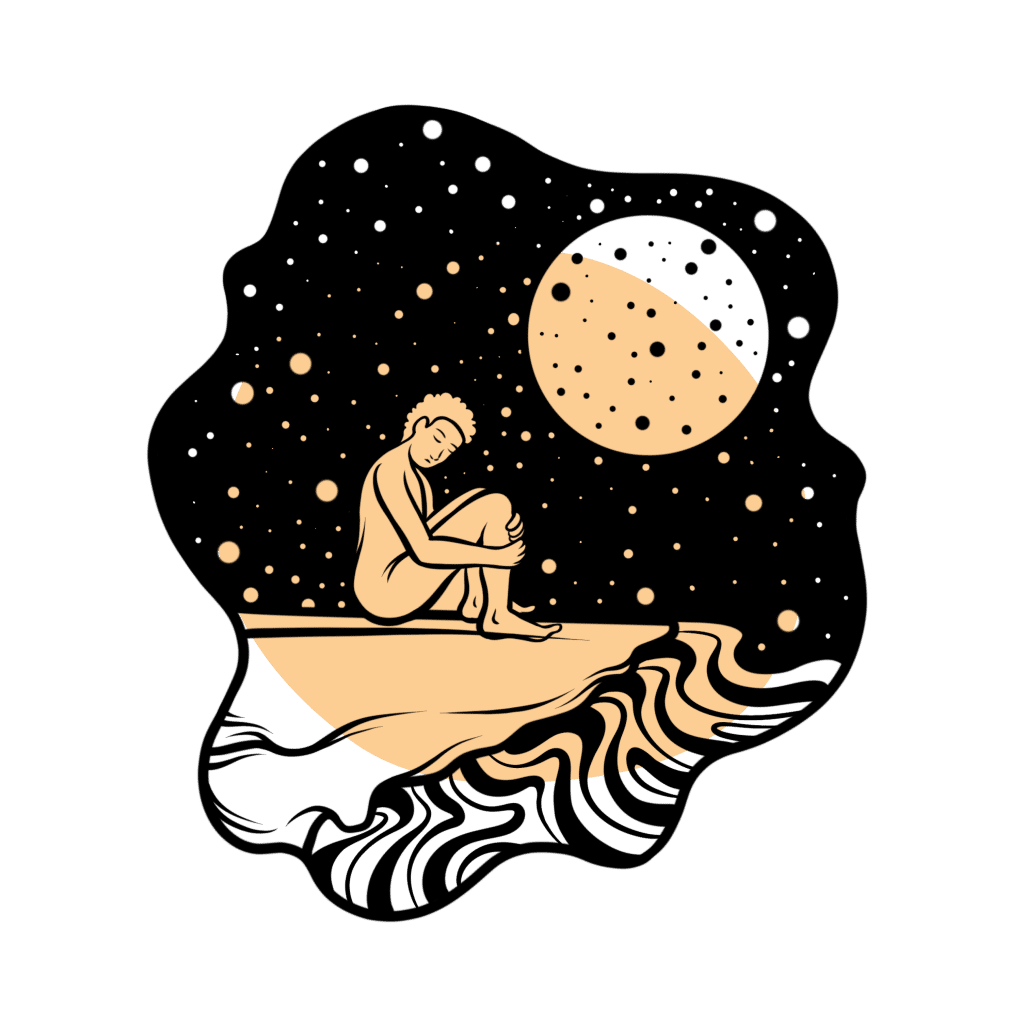
This study fundamentally changed the way we look at addiction. When the rats lived in a normal society, with social contact and comfortable living conditions, they had little interest in opiate or stimulant drugs.
Only when the rats were denied comfortable living conditions and social contact did they seek out the drugs as a means for escape.
4. Dysfunctional Salience Attribution
Optimal brain development relies on the formation of self-regulation circuits. Basically, humans need to learn how to recognize and respond appropriately to internal emotional states.
Repeated drug use leads to changes in the brain that undermine one’s voluntary control over their internal emotional state. This impairment leads to a pattern of impaired rational decision-making. We essentially become unable to understand and respond effectively to our needs — both physically and emotionally.
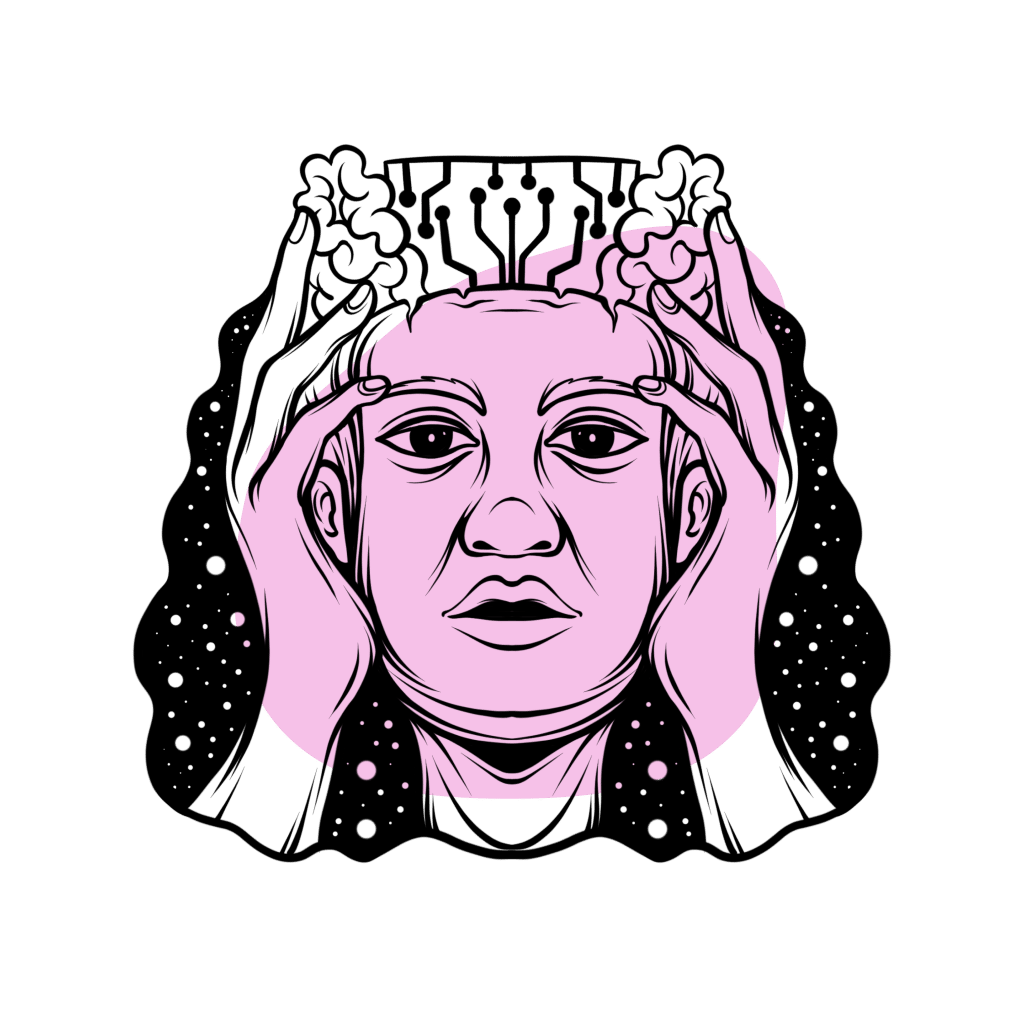
When this self-regulation system becomes impaired, users are tricked into valuing false wants over real needs.
In essence, all wants are reduced to a single need — which is to get more of the substance or activity the user is addicted to. The source of the user’s problems becomes centered on the presence or absence of the drug rather than other external or internal factors.
Can Psychedelics Be Used to Treat Addiction?
There’s strong evidence that psychedelics are an invaluable tool in the treatment of addiction to various substances.
Research has shown that psychoactive doses of magic mushrooms, LSD, ayahuasca, and ibogaine are all able to curb cravings and lead users to experience a renewed outlook on life. The results are strongest when combined with other forms of therapy, journaling, and conscious integration of the experience.
There’s a lot of debate around exactly how psychedelics have such a powerful impact on addiction — some mystical, others more physiological. The true answer is likely a combination of both.
Psychedelics Facilitate Mystical Experiences
Research has shown that the best predictor of abstinence from drugs after using a psychedelic was if the user had a mystical experience.
This suggests it isn’t the psychedelic itself that can cure the addiction; rather, it’s the experience these substances facilitate. This would explain why so many psychedelics have shown similar improvements in treating addiction despite having entirely different mechanisms of action.
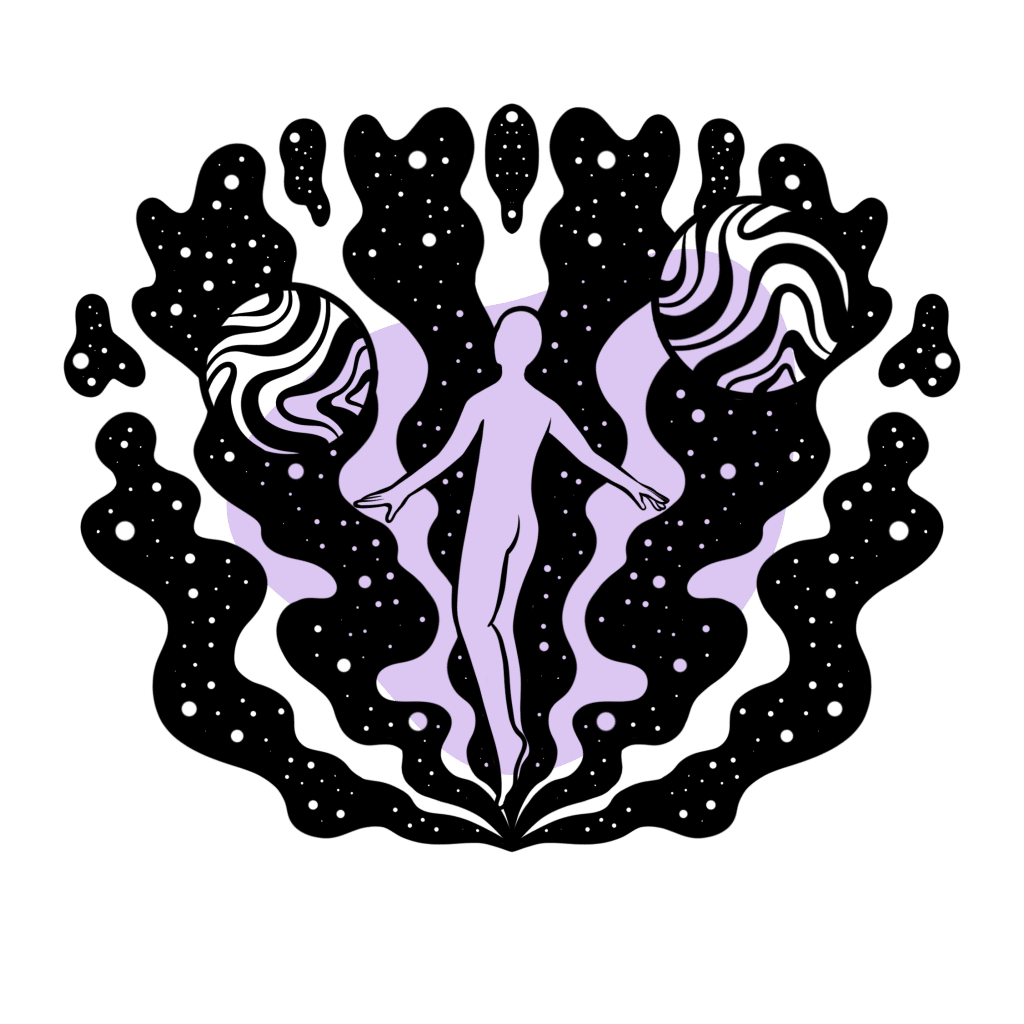
The mystical experience is hard to study because it’s different for everybody, but users report some similarities.
Common outcomes of the mystical (transcendental) experience:
- Increased sense of value and meaning from life
- Feelings of being reborn and receiving a second chance at life
- Gaining new insight into maladaptive behaviors or sources of conflict
- Deeper connection with religion or spirituality
Psychedelics May Deactivate Cravings
Psychedelics such as psilocybin, LSD, and DMT all work by targeting the 5HT2A receptors. These receptors are found throughout the brain but are especially abundant in the outer layer of the cerebral cortex.
When the 5HT2A receptors become activated, a brain network called the default mode network (DMN) becomes suppressed.
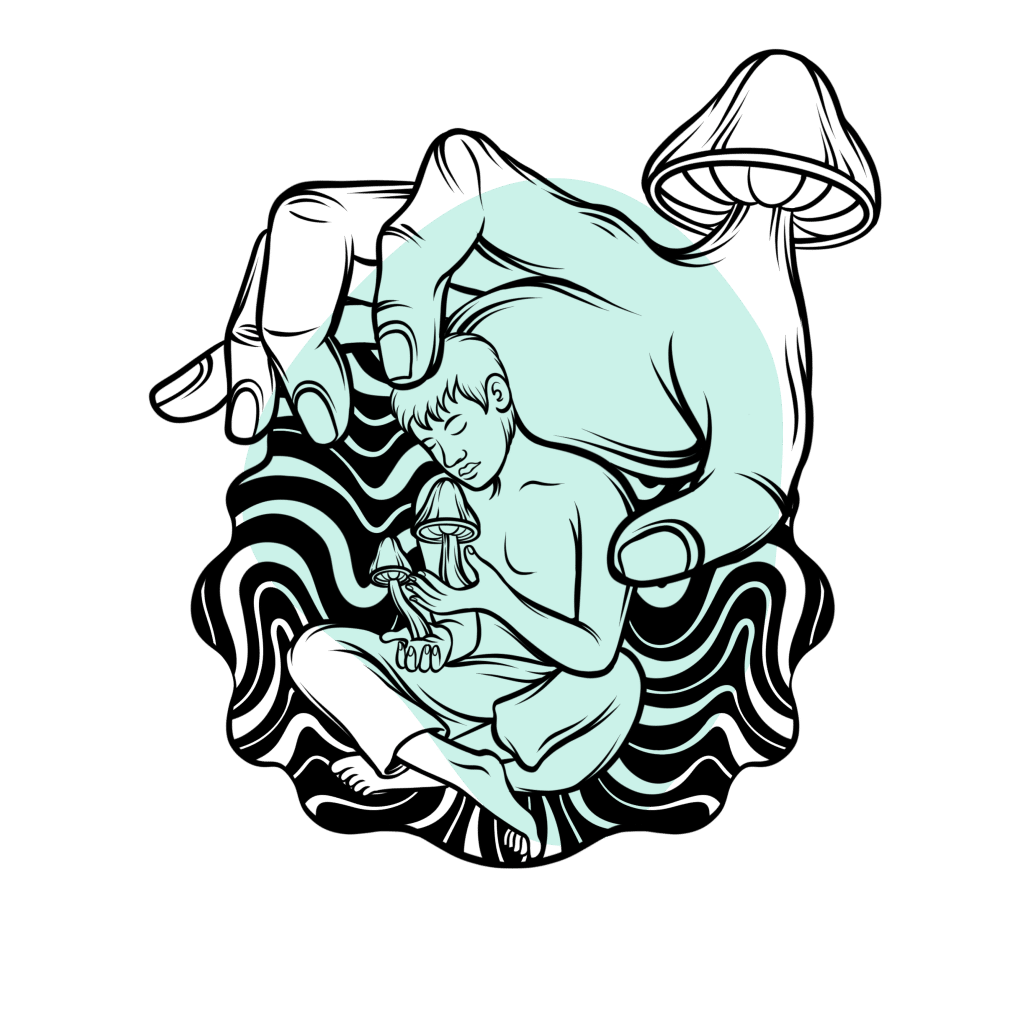
The DMN is responsible for our abstract thought processes and maintaining structure and rigidity in our thinking. This is useful for making us more efficient — but it can also lead to unhealthy habits and rigid thought patterns.
When someone suffers from depression or addiction, the DMN becomes over-engaged with negative thoughts or cravings. By suppressing this system, even just for a few hours, users can break free from the restrictive tendencies and patterns this system can create.
The Importance of Integration After the Psychedelic Experience
A psychedelic session on its own isn’t enough to remove the desire to engage in compulsive behavior. In order to be effective, psychedelics need to be used alongside conventional treatments, such as talk therapy, detox programs, and group sessions.
You can’t simply take a psychedelic and expect to be cured of your addiction. The most important part of the process happens long before you take the substance and continues long after. The work is never completely done.
Integration is incorporating realizations gained during the psychedelic experience and learning how to adapt them into daily life. It largely involves removing the power of past traumas and sources of deep ontological pain to loosen their level of influence on how we think and act.
Without proper integration from a trained professional, psychedelics could worsen the problem by exposing the individual to a traumatic event, allowing it to cause further damage.
Related: 100 Journal Prompts For Shadow Work & Integration.
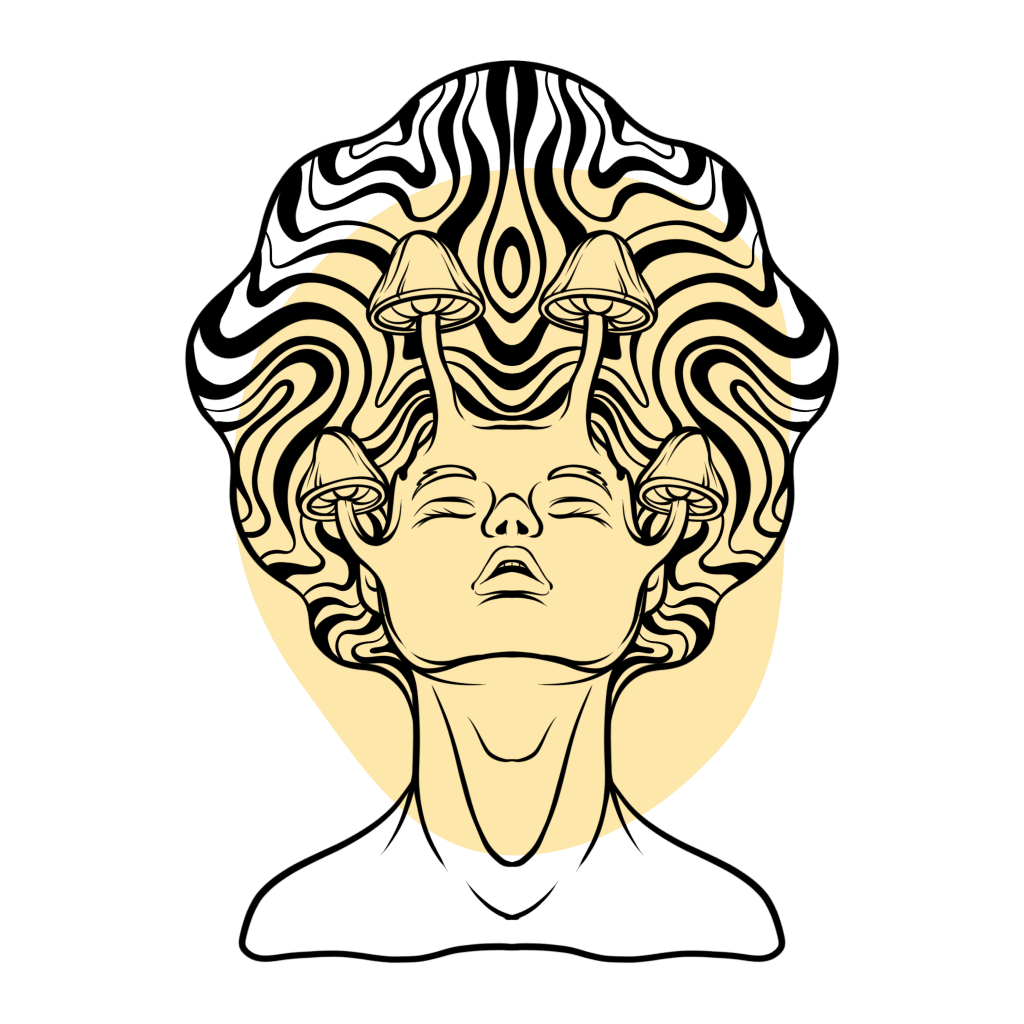
Clinical Research: Psychedelics for Addiction
Addiction therapy is one of the primary areas of research when it comes to psychedelics. Several psychedelic plants, fungi, and synthetic molecules have shown promise as a tool for treating addiction and substance abuse.
Here’s a collection of clinical research exploring the role of different psychedelics in treating addiction.
Magic Mushrooms for Addiction
There’s a lot of interest in using psilocybin (the active ingredient in magic mushrooms) for addiction and other compulsive disorders.
Companies such as Compass Pathways and institutions such as John Hopkins University and the University of New Mexico are leading the way in understanding how magic mushrooms and the psychedelic experience can help people suffering from substance abuse disorders.
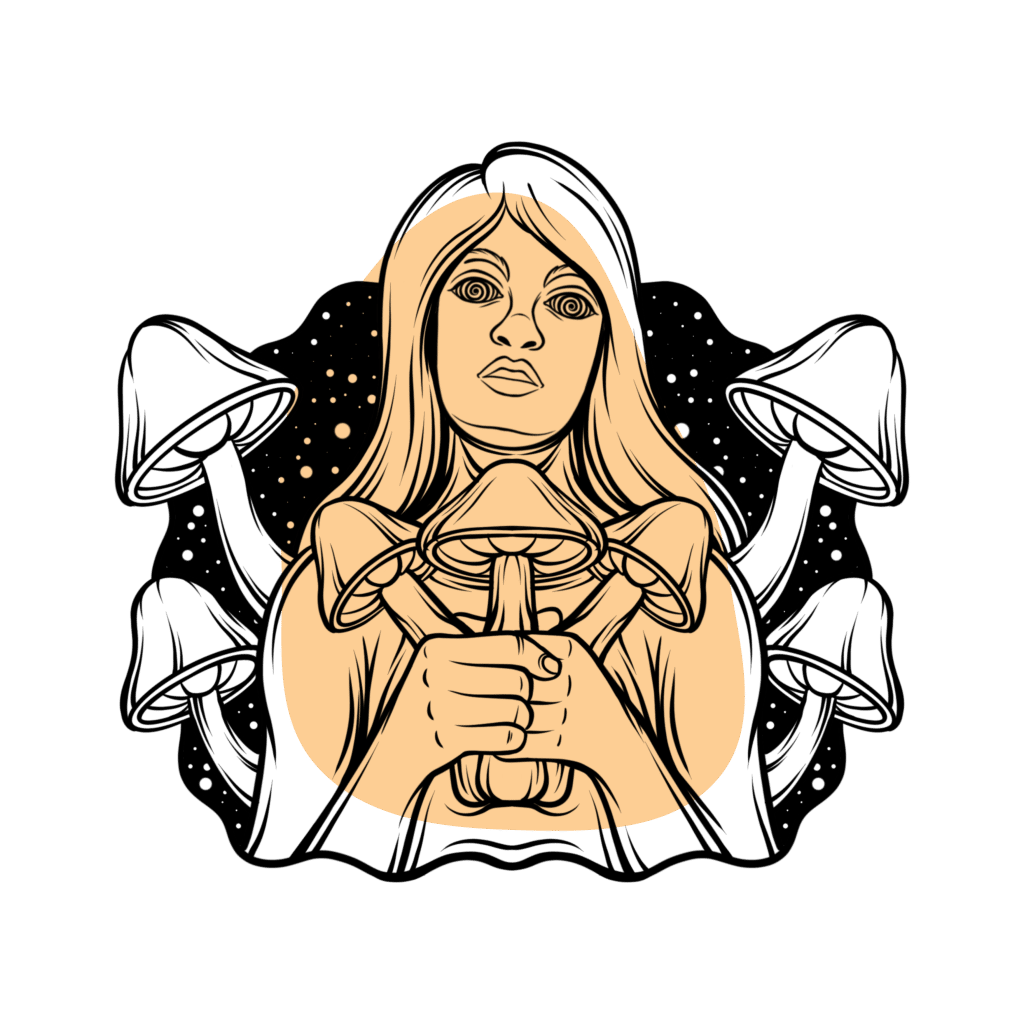
Magic mushroom research was big in the 1960s, led by Timothy Leary and Richard Alpert during the Harvard Psilocybin Project. However, this research was later banned in 1970 and remained that way for about 30 years.
In 2000, a group of John Hopkins researchers was approved to continue studying the substance. In 2014, John Hopkins researchers published a study that reported significant improvement in helping chronic smokers quit after just one session with psilocybin.
Later, in 2019, researchers found similar improvements after treating patients with a blend of psilocybin and cognitive behavioral therapy.
Magic Mushrooms & Alcohol Addiction
A study from 2015 examined the effects of psilocybin in the treatment of alcoholism [1]. The study involved two separate sessions, each with either 0.3 or 0.4mg/kg of pure psilocybin. For the average person, this works out to a dose of between 4 and 6 grams of dried Psilocybe cubensis.
This study reported dramatic reductions in alcohol consumption and cravings among the study participants. These benefits were reported at the final follow-up period 36 weeks after the trial began.
Magic Mushrooms & Smoking
A pilot study from 2014 explored the effects of psilocybin on patients who were trying to quit smoking [2]. The study involved doses of either 20 or 30 mg of pure psilocybin per 70 kg of body weight (3.5–5 grams of dried mushrooms).
Researchers in this study reported nearly 80% of patients could quit smoking by the end of the 6-month study.
As a point of reference for this research, the average quit rate for conventional anti-smoking therapies is around 35% with professional help and only about 3% without [5].
Related: Colorado I-58 Paves the Way for Magic Mushroom Healing Centers.
LSD for Addiction
LSD (lysergic acid diethylamide) research was big in the 1960s but died out when the US government banned the use of this compound for any purpose (including research) in 1968.
Today, research is picking up again but lags compared to psilocybin, ketamine, ibogaine, and ayahuasca.
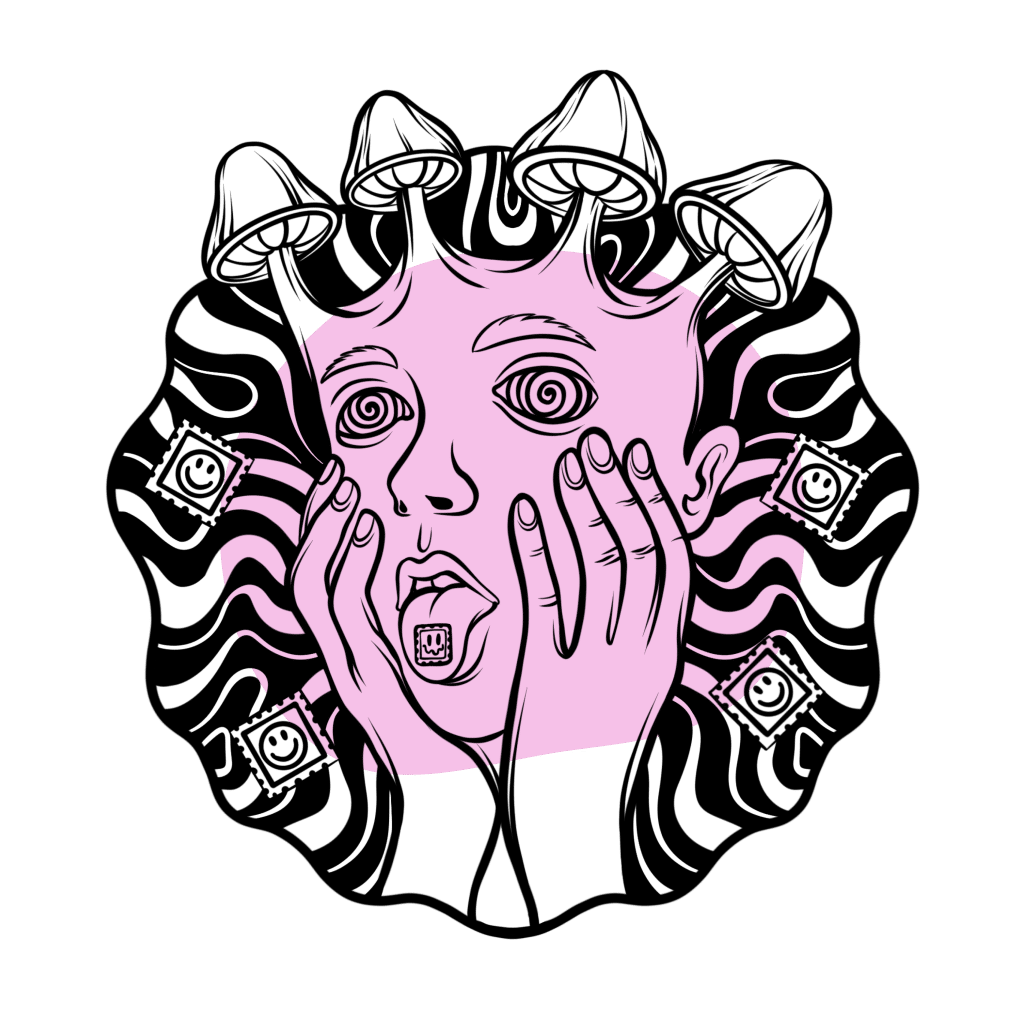
There is clear evidence LSD works for treating addiction through the same mechanisms as psilocybin and DMT. However, most researchers and biotech companies investing in psychedelic research prefer psilocybin because of its shorter duration of effects (4–6 hours rather than 8–10 hours) and potential for attaining patents on new medications.
LSD has been around for almost 60 years now, and the patents have long since expired. LSD and the rest of the lysergamides will remain open-source, making it difficult for companies to justify spending time and money on developing LSD treatments.
Because of this, virtually all research performed on LSD at the moment is funded by philanthropy.
LSD & Alcohol Addiction
A study from 2012 analyzed the results of 6 clinical trials involving the use of LSD for alcohol addiction [3]. Throughout all six studies, 325 patients were treated with LSD and 211 with a placebo. All patients were given a single session of LSD at a dose ranging from 210 to 800 mcg.
The results of this analysis were impressive — nearly 60% of patients that took LSD reported reduced cravings for alcohol at the 6-month follow-up period.
Several of the trials in this analysis reported that patients experienced a significant shift in perspective and reported feeling a brand new lease on life [4].
Ayahuasca for Addiction
Ayahuasca has a long history of treating addiction, existential crisis, and mental health disorders in South America. It’s a long-lasting psychedelic mixture of two plants — the ayahuasca vine (source of harmala alkaloids) and a DMT-containing plant such as Mimosa spp. or Psychotria viridis.
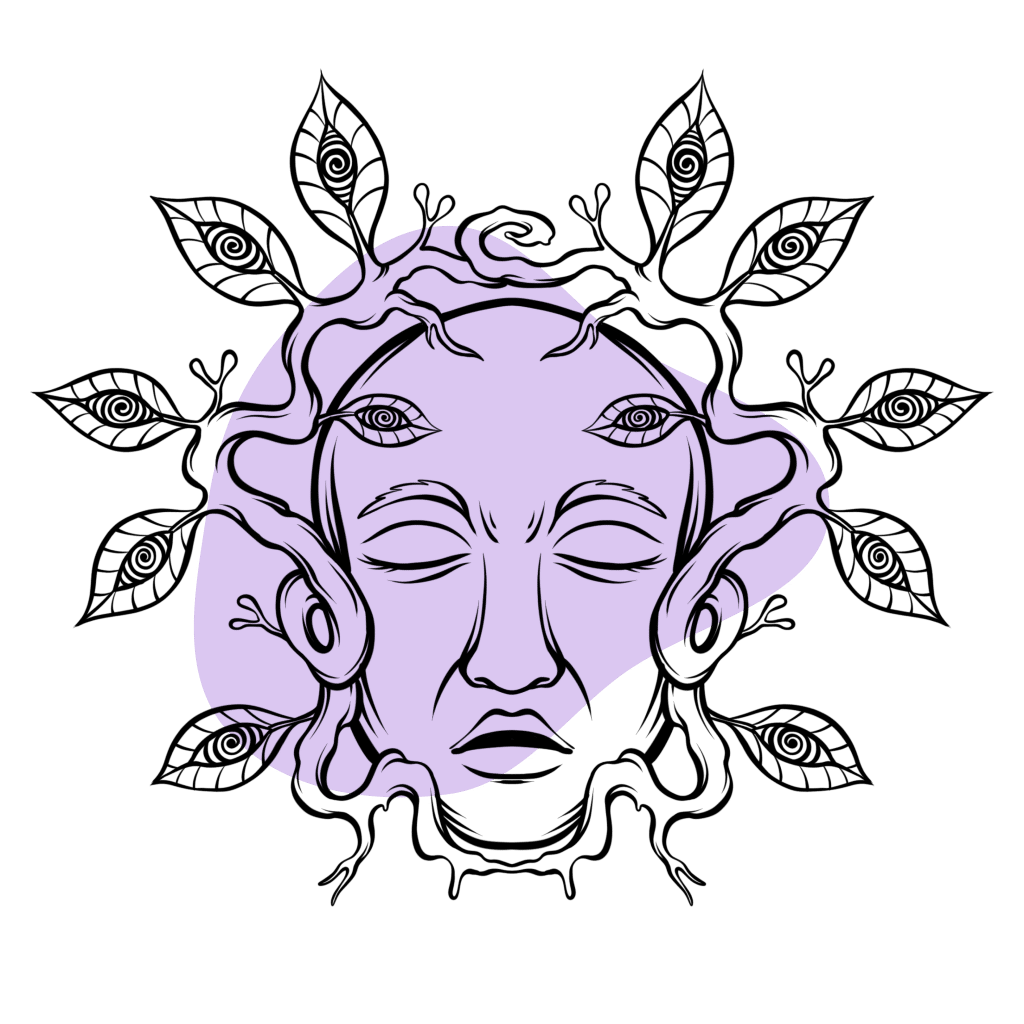
Part of the reason ayahuasca is so effective relies on the traditional and spiritual practices that come along with it. In order to use ayahuasca, one must travel to places like Peru or Brazil, where a trained shaman can perform the ceremony. Along with this comes dietary restrictions, abstinence from technology and sex, and a great deal of personal reflection and meditation.
The process is time-consuming and expensive but ensures the participants are intentional about their healing process.
Ayahuasca research is primarily funded by philanthropy as it’s difficult for companies to monetize the practice, and sessions can last up to 18 hours in duration. Conventional psychedelic-assisted psychotherapy tends to prefer using shorter-lasting compounds like psilocybin or DMT.
Ayahuasca & Substance Abuse (Smoking, Alcohol, & Cocaine)
An observational study published in 2013 (led by Dr. Gabor Maté) followed the participants of an ayahuasca retreat center in British Columbia, Canada [6]. The study population included 18 members of a nearby coastal aboriginal band — a population with a high rate of substance abuse, mental illness, and social problems resulting from colonialism, generational trauma, and consequent territorial and cultural dislocation.
Participants were all given four days of group counseling and two expert-led ayahuasca ceremonies.
Researchers conducted surveys to assess hopelessness, empowerment, mindfulness, and quality of life both before and after the retreat. All study participants reported lasting positive changes across all factors following the retreat. Researchers also noted a significant reduction in alcohol, tobacco, and cocaine use at the 6-month follow-up.
Ibogaine for Addiction
Ibogaine is an alkaloid extracted from an African plant species called Iboga tabernanthe. Most of the research on this compound revolves around its ability to treat addictions of all kinds.
The effectiveness of ibogaine for treating addiction is hard to deny — there’s a ton of high-quality research proving its effectiveness in humans. However, ibogaine has a dark side and can be lethal. Several people have died from ibogaine therapy, including some study participants in the research listed below.
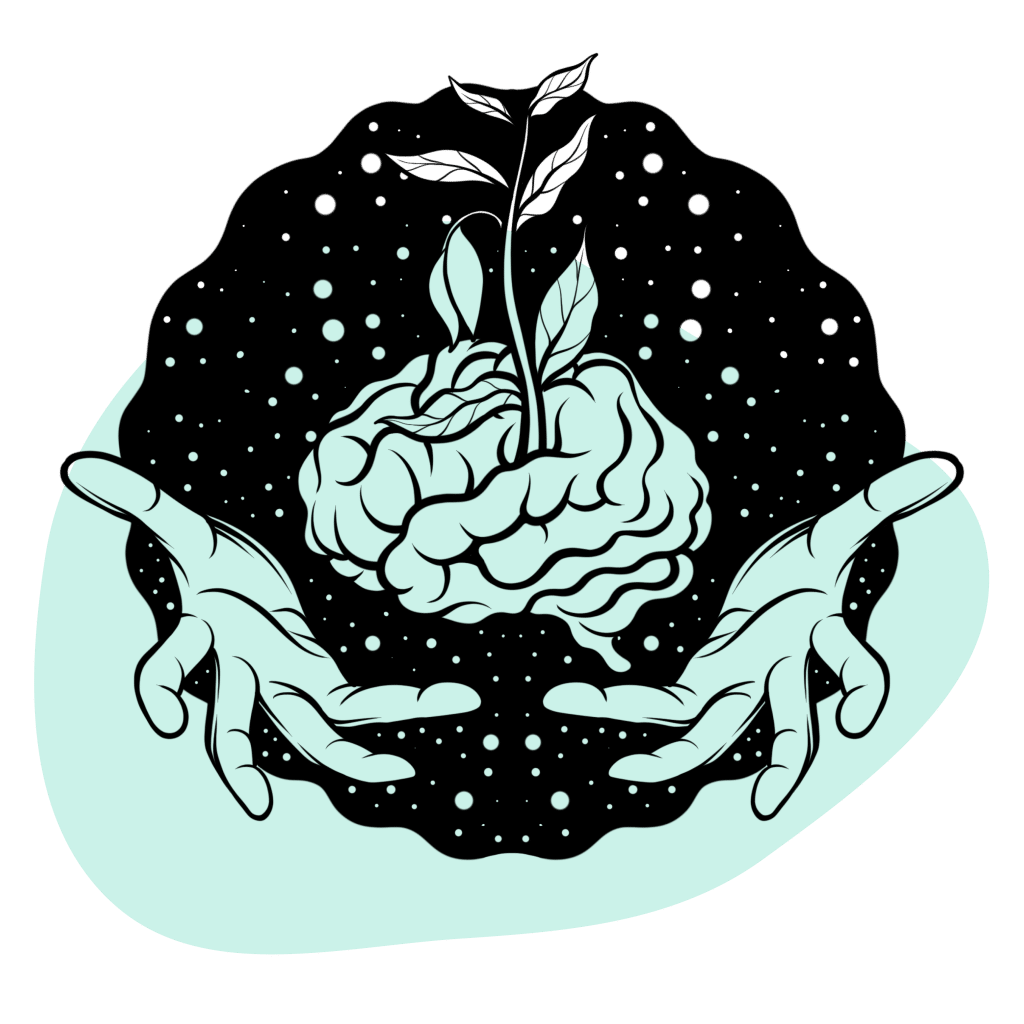
A company called MindMed is working on a safer, non-psychoactive version of ibogaine called 18-MC. This medication shows promise in preliminary trials and challenges the importance of the mystical experience in treating substance abuse disorders.
What makes ibogaine special compared to other psychedelics in the context of addiction treatment is its ability to reverse neuroadaptive changes that drive addictive behavior. Studies suggest ibogaine may reverse the desensitization of the dopaminergic neurons that form the basis of physical addiction to opioid and stimulant drugs.
Ibogaine & Opioid Addiction
A study published in 2017 reported an incredible 50% reduction in opiate drug use scores of study participants following just one session with ibogaine [7]. For comparison, conventional drug addiction treatments have a success rate of around 30% or less [9].
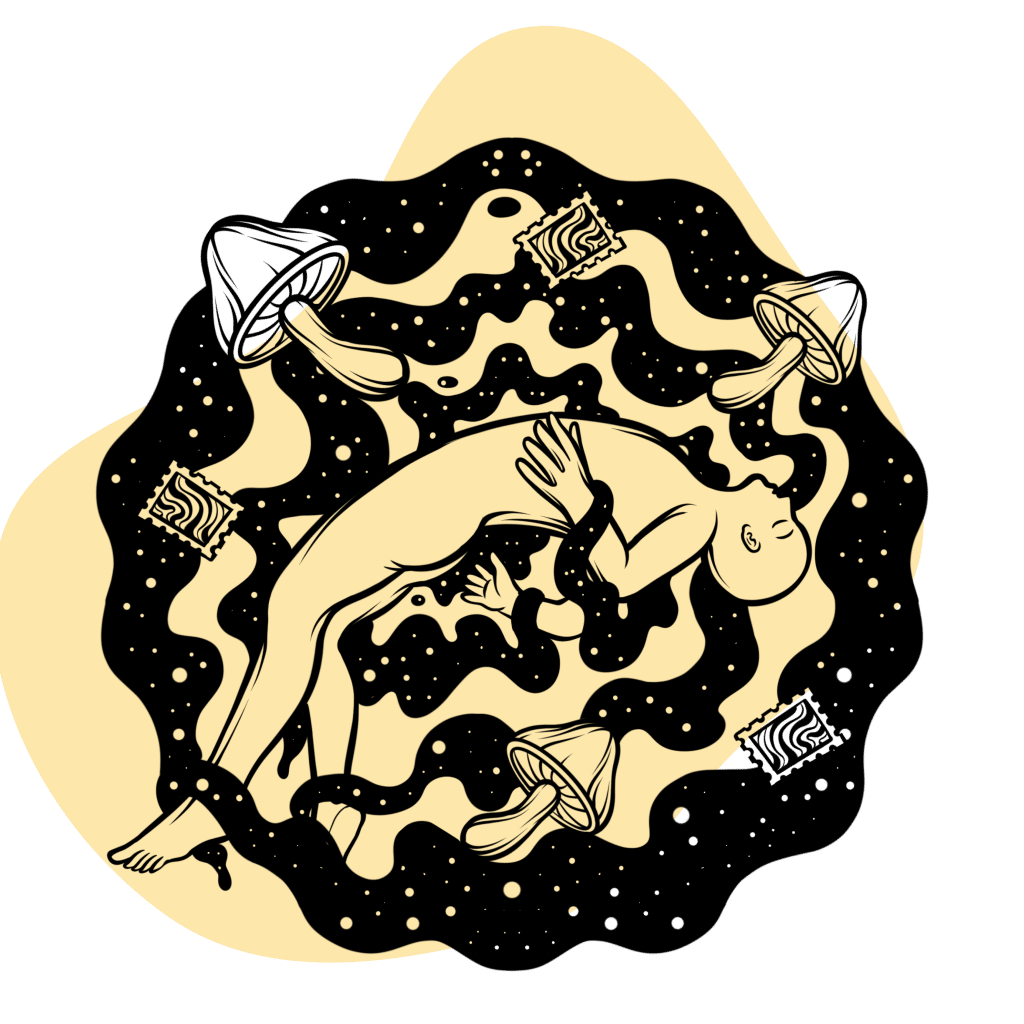
Another study from New Zealand administered ibogaine to 14 people diagnosed with clinical opioid addiction [8]. Researchers reported over 75% of the study participants remained opioid-free at the 1-year follow-up survey. Unfortunately, one study participant died from heart failure during the session.
Key Takeaways: Can Psychedelics Help Treat Addiction?
Research on psychedelics is approaching its peak. There are now dozens of high-level research programs run by organizations such as MAPS, John Hopkins School of Medicine, and more.
One of the leading fields of research is the use of psychedelics for treating addiction — a problem that’s reached epidemic proportions in the United States and around the world.
Psychedelics such as psilocybin, LSD, ayahuasca, and ibogaine all offer significantly better treatment outcomes after just one or two sessions than conventional treatment.
At the rate we’re headed, psychedelics will become the standard treatment for addiction within the next decade.
References
- Bogenschutz, M. P., Forcehimes, A. A., Pommy, J. A., Wilcox, C. E., Barbosa, P. C. R., & Strassman, R. J. (2015). Psilocybin-assisted treatment for alcohol dependence: a proof-of-concept study. Journal of psychopharmacology, 29(3), 289-299.
- Johnson, M. W., Garcia-Romeu, A., Cosimano, M. P., & Griffiths, R. R. (2014). Pilot study of the 5-HT2AR agonist psilocybin in the treatment of tobacco addiction. Journal of psychopharmacology, 28(11), 983-992.
- Krebs, T. S., & Johansen, P. Ø. (2012). Lysergic acid diethylamide (LSD) for alcoholism: a meta-analysis of randomized controlled trials. Journal of Psychopharmacology, 26(7), 994-1002.
- Ludwig, A., Levine, J., Stark, L., & Lazar, R. (1969). A clinical study of LSD treatment in alcoholism. American Journal of Psychiatry, 126(1), 59-69.
- Andritsou, M., Schoretsaniti, S., Litsiou, E., Saltagianni, V., Konstadara, K., Spiliotopoulou, A., … & Katsaounou, P. (2016). Success rates are correlated mainly to completion of a smoking cessation program.
- Thomas, G., Lucas, P., Capler, N. R., Tupper, K. W., & Martin, G. (2013). Ayahuasca-assisted therapy for addiction: results from a preliminary observational study in Canada. Curr Drug Abuse Rev, 6(1), 30-42.
- Brown, T. K., & Alper, K. (2018). Treatment of opioid use disorder with ibogaine: detoxification and drug use outcomes. The American Journal of Drug and Alcohol Abuse, 44(1), 24-36.
- Noller, G. E., Frampton, C. M., & Yazar-Klosinski, B. (2018). Ibogaine treatment outcomes for opioid dependence from a twelve-month follow-up observational study. The American journal of drug and alcohol abuse, 44(1), 37-46.
- Shafiei, E., Hoseini, A. F., Bibak, A., & Azmal, M. (2014). High risk situations predicting relapse in self-referred addicts to bushehr province substance abuse treatment centers. International journal of high risk behaviors & addiction, 3(2).

